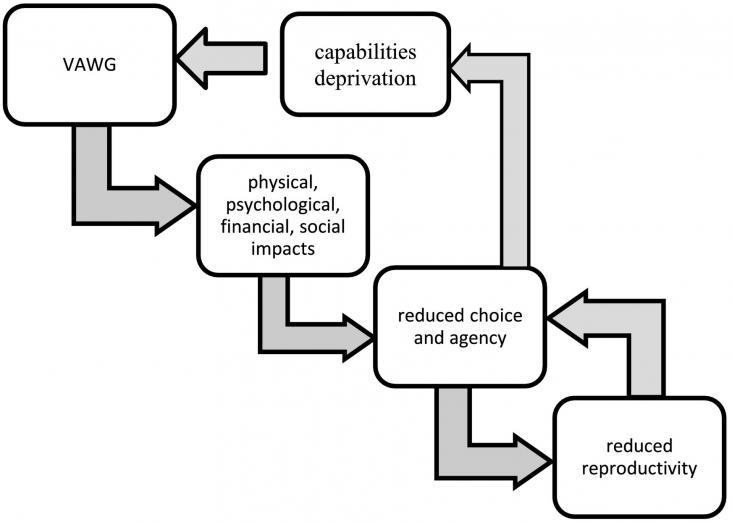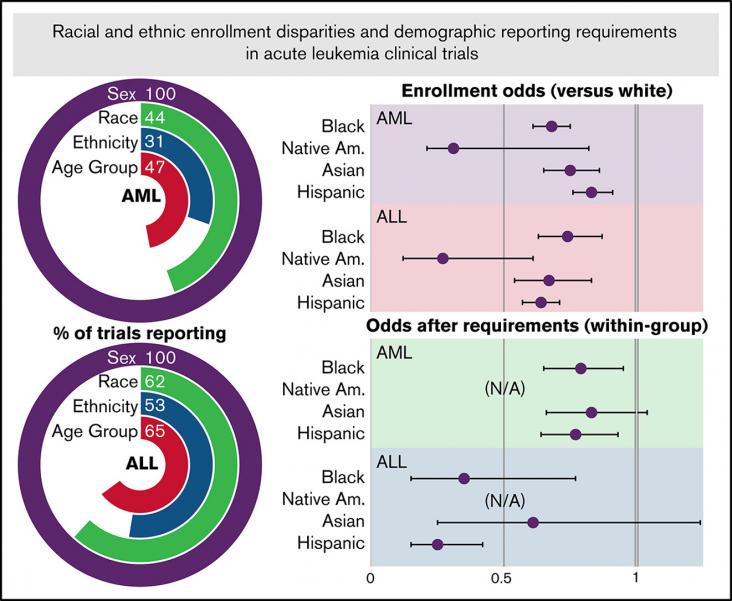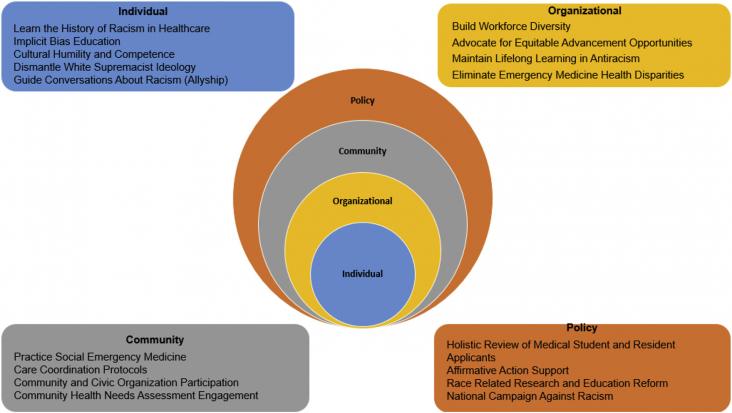A discussion of how well indigenous people should be compensated if their land needs to be developed.

Indigenous and community lands, crucial for rural livelihoods, are typically held under informal customary tenure arrangements. This article reviews and maps 19 community land formalization and 14 company land acquisition procedures in 15 countries in Africa, Asia and Latin America. Comparing community and company procedures identifies multiple sources of inequity.
This content aligns with Goal 10: Reduced Inequalities by reviewing the history of colonial procurement and export of human remains and avenues for repatriation and cultural restitution.

This article presents unique data on the economic and social impacts of Violence against Women and Girls (VAWG) in development contexts.
Background: The impact of COVID-19 on physical and mental health and employment after hospitalisation with acute disease is not well understood.

Data regarding racial and ethnic enrollment diversity for acute myeloid leukemia (AML) and acute lymphoid leukemia (ALL) clinical trials in the United States are limited, and little is known about the
Ethnic-racial socialization is a mechanism through which immigrant parents instill in their children a sense of pride in their culture while preparing them for negative experiences with racial and cul
The concept of “Smart City” has been proposed by governments, the business community, advocacy groups, and research institutions as a means to solve common urban problems and improve the quality of
This book chapter advances SDG3 Good Health and Wellbeing and SDG10 Reducing Inequalities by focusing on educationally meaningful methods to develop programs that exploit voice recognition engines, based on cloud services, so that a smartphone device can remotely trigger typical farming actions or query the values of several critical parameters of the farm specifically for the elderly and disabled.

